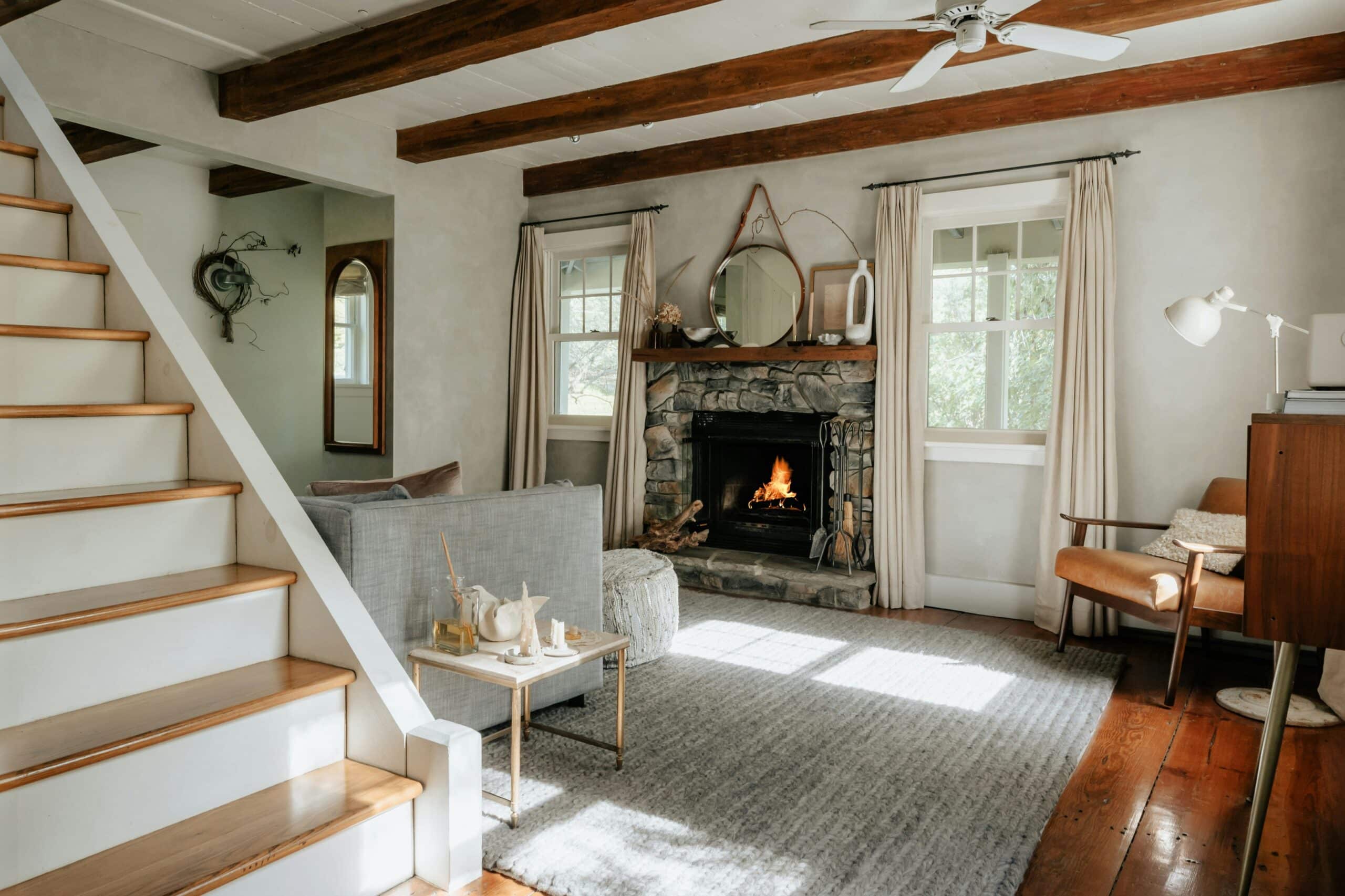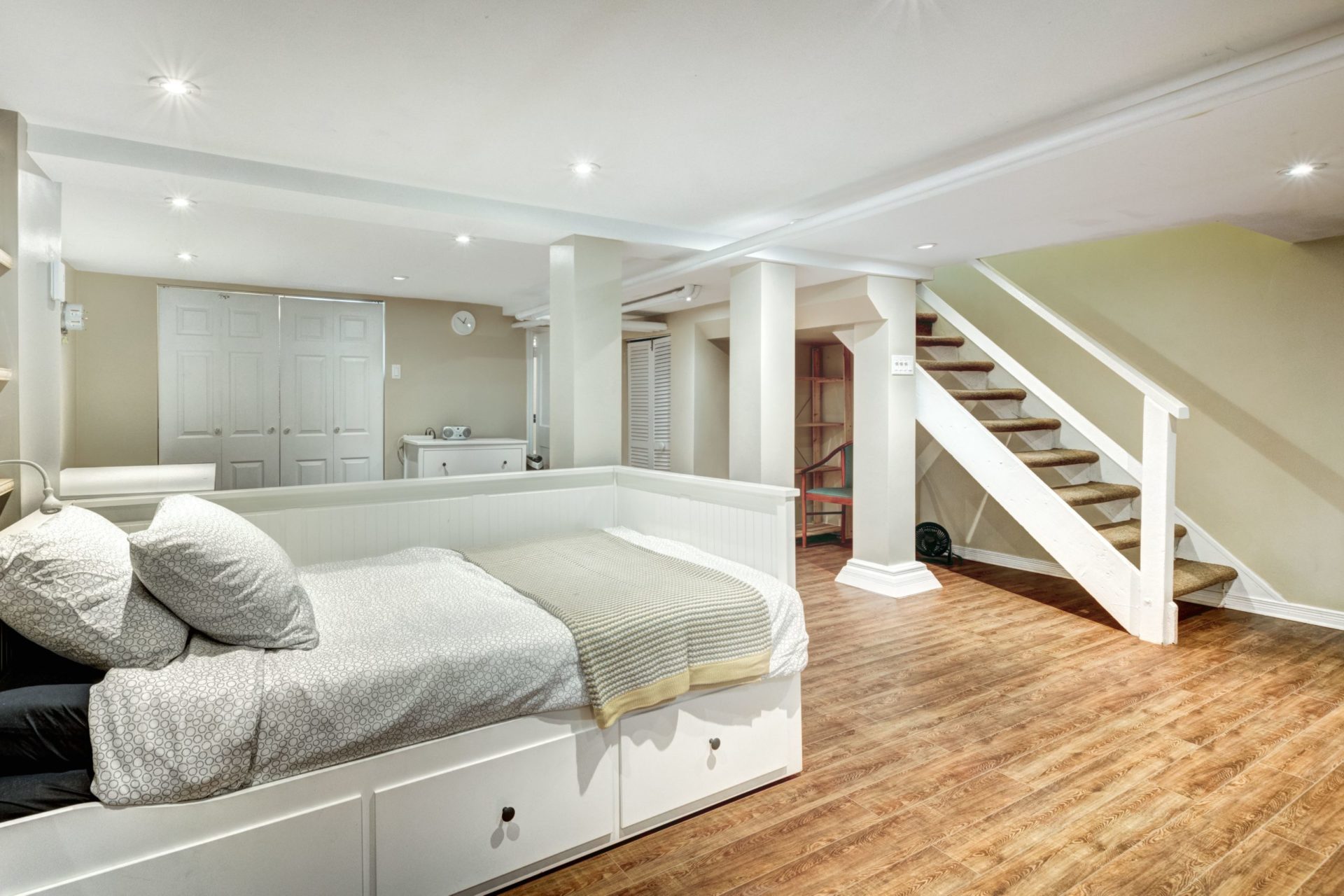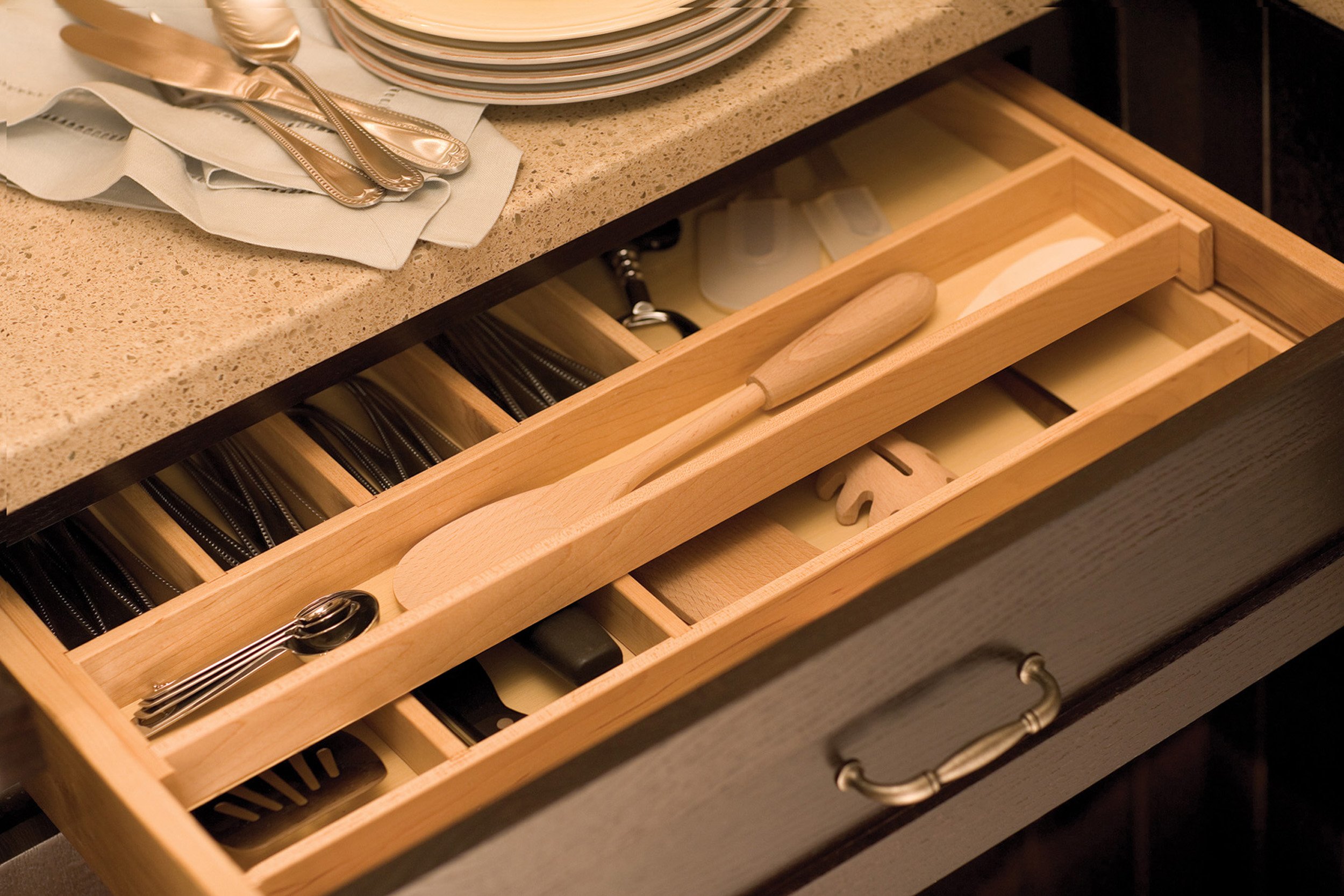History has shown us that more often than not, the way we design and use our homes changes in response to public health crises.
Perhaps the most famous example would be New York City’s public sewer system that significantly improved public health in the mid-1800s, paving the way for the modern bathroom. During the tuberculosis epidemic in the late 19th century, screened-in balconies on upper floors known as “sleeping porches” were added to homes to make sure sick family members had plenty of access to fresh air. Ground floor half-bathrooms, now known as powder rooms, were popularized in response to the 1918 Influenza Epidemic as a place to allow guests to clean up before entering the home.
So how has Covid-19 changed the way we approach our homes?
During the lockdowns in the early days of the pandemic, everyone had plenty of time to look around their homes and appreciate different qualities that made living through these strange times a little easier.
Office Space is Necessary
Working from home isn’t a new concept. In fact, historians have found that work from home situations date back to as early as the 1860s. Since then, the home office was a must-have for any serious professional until it started to lose its popularity in the 1990s. For the last couple of decades, spaces that were originally designed as designated offices were often remodeled for other functions or left out of new builds altogether.
But then the pandemic hit and working from home was no longer a perk of the job but rather a necessity. The home office has since made a major comeback.
Since the pandemic began, a whopping 75% of remote workers have reported that they have personally invested in building themselves designated workspaces and offices. Even as the pandemic has mostly subsided in 2022, 62% of workers still work remotely at least occasionally and require a space in the home to do so.
Though more and more workers are returning to the office, it doesn’t look like the home office is going anywhere any time soon. Many families have found great value in a quiet area separate from the main living space. Designated work space at home is still used as a homework area for children or a hobby room for adults.
Goodbye to the Open Floor Plan
While the open concept floor plan was slowly losing popularity even before anyone had heard of Covid-19, the pandemic has really highlighted the drawbacks of this design style. When schools and offices shut down, suddenly the home had to serve as a classroom, a meeting room, and a living space. Can you imagine trying to give a presentation to an important client in the middle of a kindergarten while someone’s watching the latest superhero movie in the same room? With a lack of doors to close on different spaces, it has been realized that the open concept was no longer conducive to the needs of the modern family.
Even now that children are back in school and many workplaces have returned to the office, families are looking for more adaptable spaces that allow both closing the door to focus as well as open areas to spend time with one another.
And then there’s the airflow that’s enabled by open concept homes. On one hand, it’s great for ventilation. But the coronavirus, among other illnesses, is spread through microscopic particles in the air, which can travel freely to any area of an open floor plan. Keeping such a large area sanitized becomes almost impossible and having enclosed areas for sick family members to comfortably keep their illness contained has become vital.
Design for Multiple Generations
Multi-generational households (aka those with three or more generations) aren’t a new concept. However, the pandemic forced more and more parents to open their homes to their adult children and vice versa. In the last decade, the number of multigenerational households has almost quadrupled with the majority reporting that they started living together due to Covid-19. This shift is measured in home buying trends as well with a record high 15% of homebuyers purchasing multigenerational houses in 2020.
Along with more and more children assuming responsibility for their aging and elderly parents, accessible design has also become more important. Walkways large enough for wheelchairs, walkers, and baby strollers have become increasingly important to homeowners. Design features such as curbless showers, private areas for multiple generations, and accessible entryways are also in high demand.
Everything is Touchless
The early 1900s saw the “sanitary craze” with the population collectively taking a closer look at their homes and seeing every little detail that contributed to the spread of germs. Now, a century later, a similar craze is running through households. The Covid-19 pandemic had everyone concerned about everything they touched and breathed in, many even going so far to disinfect every new item before bringing it in the house.
Touchless faucets and toilets have been a staple in public bathrooms for years, though only recently are starting to see a rise in popularity in residential homes. 85% of participants in a recent survey expressed that they were more interested than ever in touchless bathroom products. 67% of parents with children under the age of 18 responded that touchless kitchen faucets are a must-have for a healthier home.
Beyond the bathroom, other touchless or voice-controlled products currently available include light switches, garbage cans, vacuums, deadbolt locks, refrigerators, ovens, and dishwashers.
History Repeats Itself
Many changes in home design trends as a result of the Covid-19 pandemic are incredibly similar to other historic trends. As they say, nothing is new under the sun.
The entryway of homes in particular has become increasingly similar to how those in the 1920s behaved in response to the influenza epidemic. Households of the coronavirus have started to treat their entryways as a “sanitization station” for anyone or anything coming into their home. Like those from a century earlier, the entryway has become a place to wash up, store face masks for easy access when going in or out, and disinfect anything being brought into the home. While not every home has a dedicated mudroom, the demand for similarly used spaces has only increased.
While not a health crisis, the “victory gardens” of World War I have also made a significant comeback. Perhaps the increased interest in gardening is in response to the many unpredictable shortages and supply chain crises, or maybe just because being stuck at home gave people the opportunity to try something new. Backyard and garden space has seen a dramatic increase in value since the pandemic began. Homegrown vegetables continue to be a top interest even as we start to enter the end of this ongoing crisis.
How Do We Move Forward?
Covid-19 rocked the world, permanently changing many of our lives. The demands we have of our living spaces have changed, and therefore the designs of our homes must evolve to fit these needs.
Whether you’re looking to upgrade and improve your home to suit your specific needs or for increased resale value, Quality Homes of Rochester prides itself on staying on top of the latest home trends. We’re here to help you redesign your home to suit your new needs, from finishing an attic or basement for a home office space, building an addition for an in-law suite, or remodeling your kitchen for touchless everything.
Quality Homes of Rochester: Remodeling You Can Rely On
At Quality Homes of Rochester, we specialize in home remodeling that fits your lifestyle. Our team is here to guide you through every step, making the process smooth and stress-free. Call or contact us today, we’re ready to help bring your vision to life.



